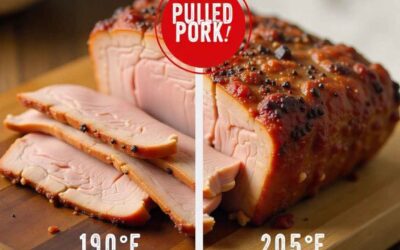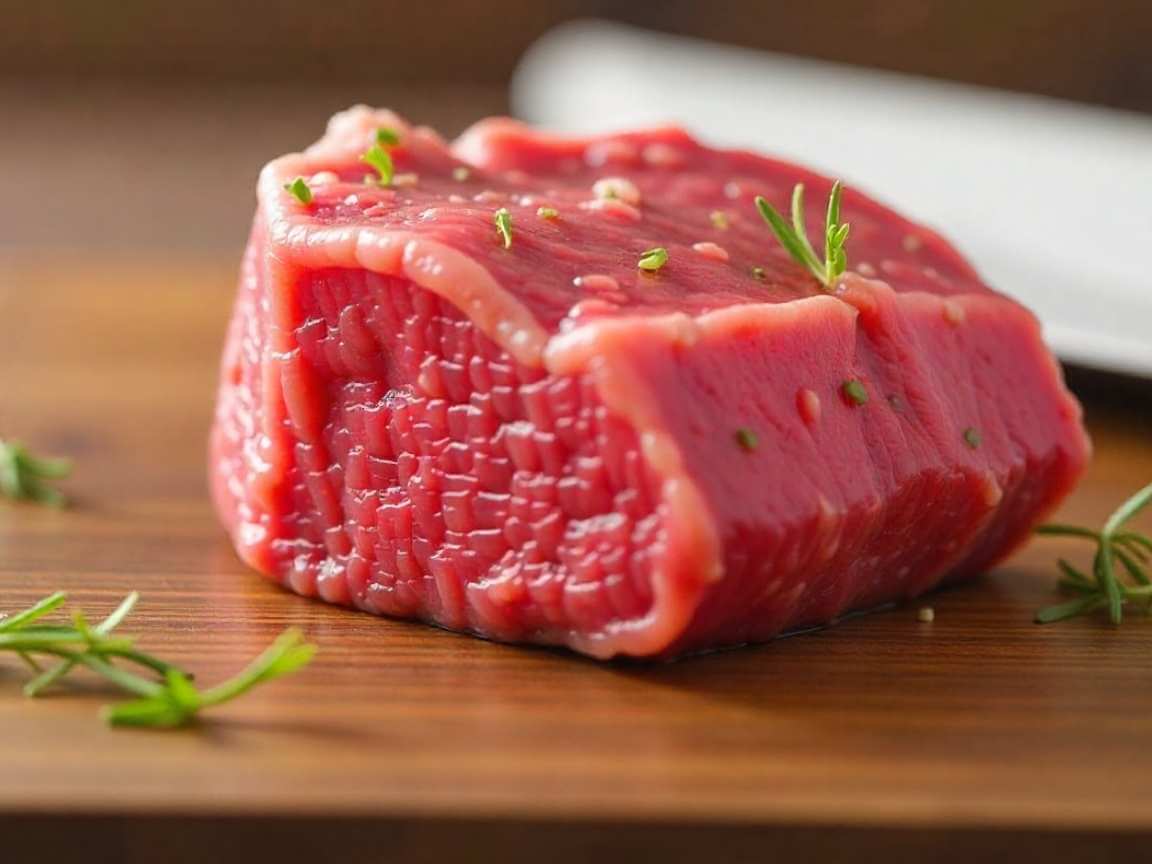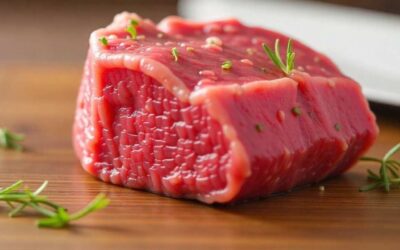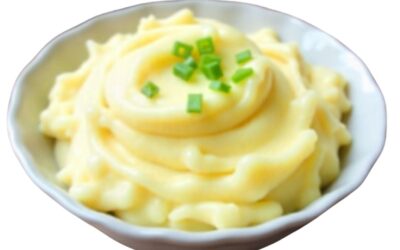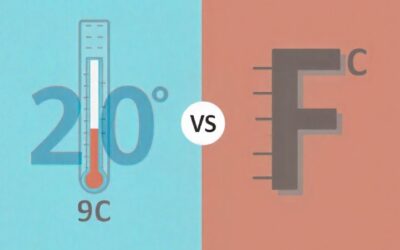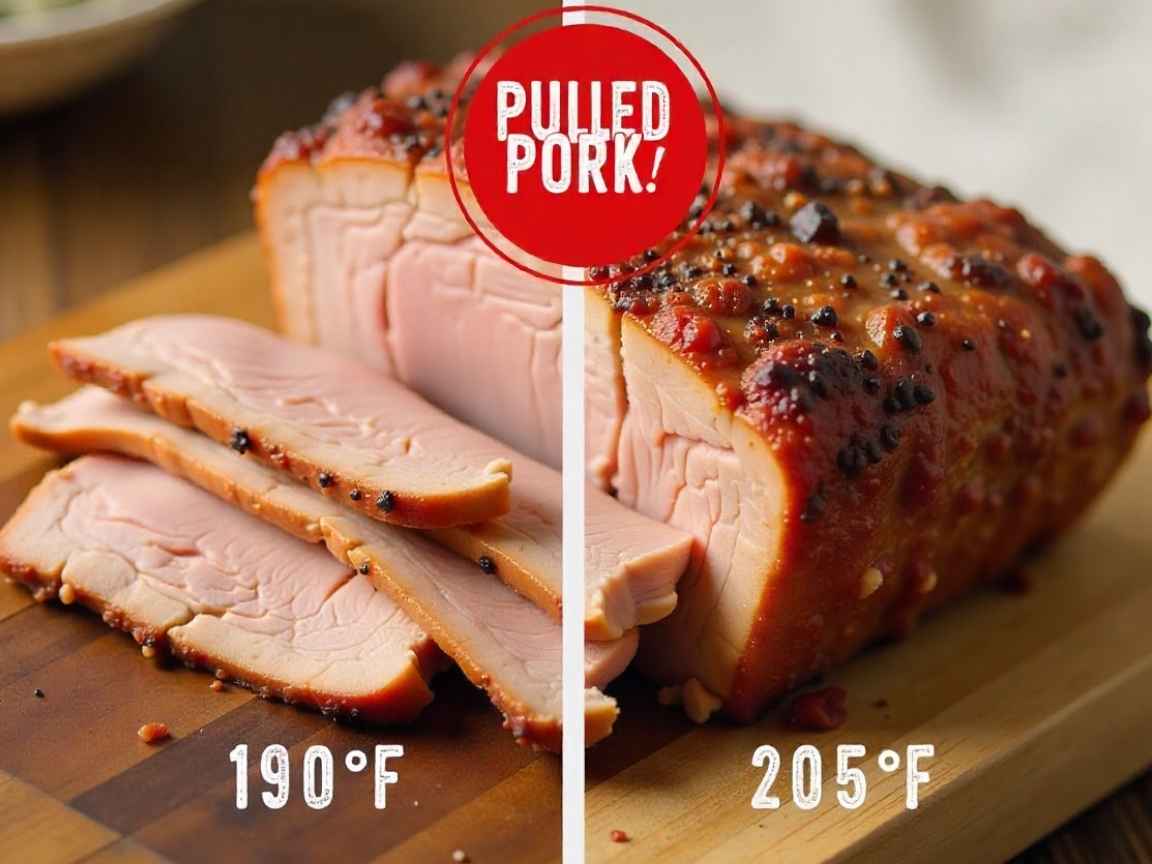Pulled pork is a classic barbecue favorite. When made well, it’s juicy and tender, and people often want more. Still, there’s debate about the best internal temperature for perfect pulled pork.
Great pulled pork takes time. Turning up the smoker to 350°F won’t give you the best results. This guide looks at whether 190°F or 205°F makes better pulled pork.
You might be surprised—both temperatures can work well.
Understanding Pulled Pork
Perfect pulled pork combines salty, smoky, tender, and juicy flavors. Whether served with sauce or enjoyed plain, this meat makes excellent sandwiches. Pork shoulder appears designed specifically for smoking, though Boston butt serves as an excellent alternative. (What’s the Difference Between Pork Butt and Pork Shoulder?, 2023)
Preparing Your Meat
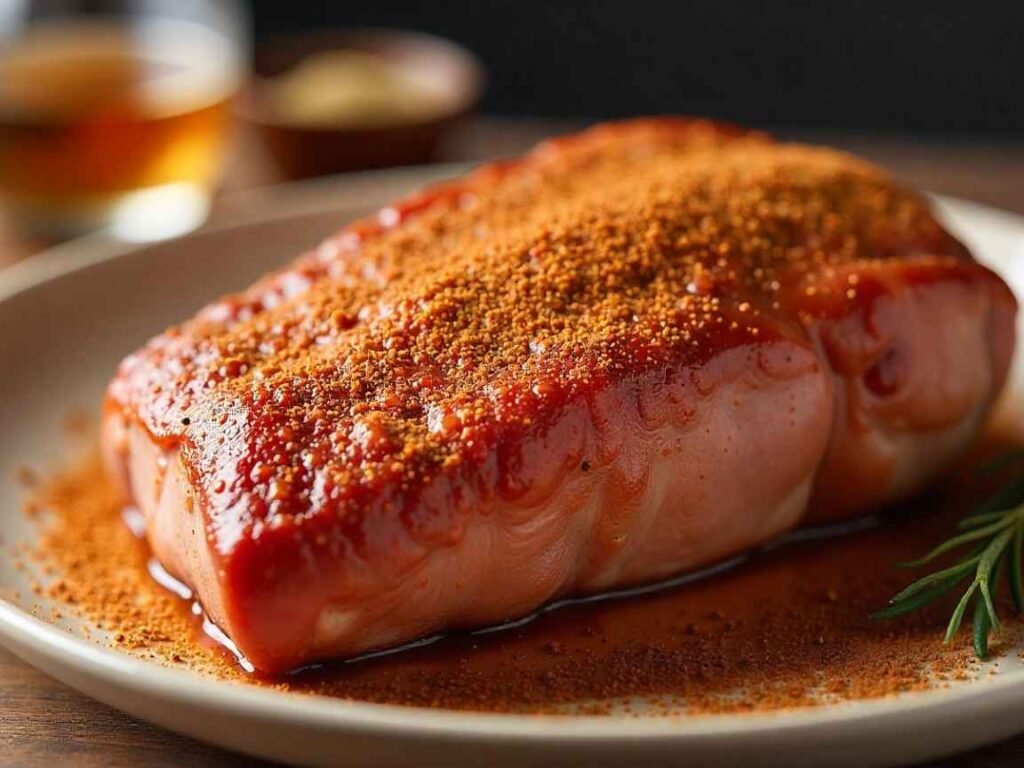
Trimming and Seasoning
Trim any extra fat from the pork shoulder. Then, cover it well with your favorite barbecue seasoning.
Recommended Seasonings
Consider these flavor profiles for your pork:
- Hot Honey Seasoning: Balances heat. Here are some seasoning ideas for your pork: caramel notes and savory depth
- Smokey Garlic Buffalo Seasoning: Provides rich, smoky garlic with extra zing
- Tequila Lime Habanero: Offers tropical brightness and unique flavor
The Temperature Debate
People who love smoking meat can’t agree on the best temperature for pulled pork. Some prefer 190°F, while others go for 205°F.
Pulling Pork at 190°F
The Process
If you choose 190°F, here’s one way to do it:
- Set smoker to 225°F
- Monitor temperature consistently
- Spritz meat periodically with apple cider vinegar
- Wrap in aluminum foil at 150°F to retain juices.
- Remove at 190°F internal temperature.
- Rest for 30 minutes before shredding.
The Results
Pork cooked to 190°F usually has these qualities:
- Light pink color
- Tender, juicy texture
- Rich, flavorful taste
- Minimal risk of drying out
Pulling Pork at 205°F
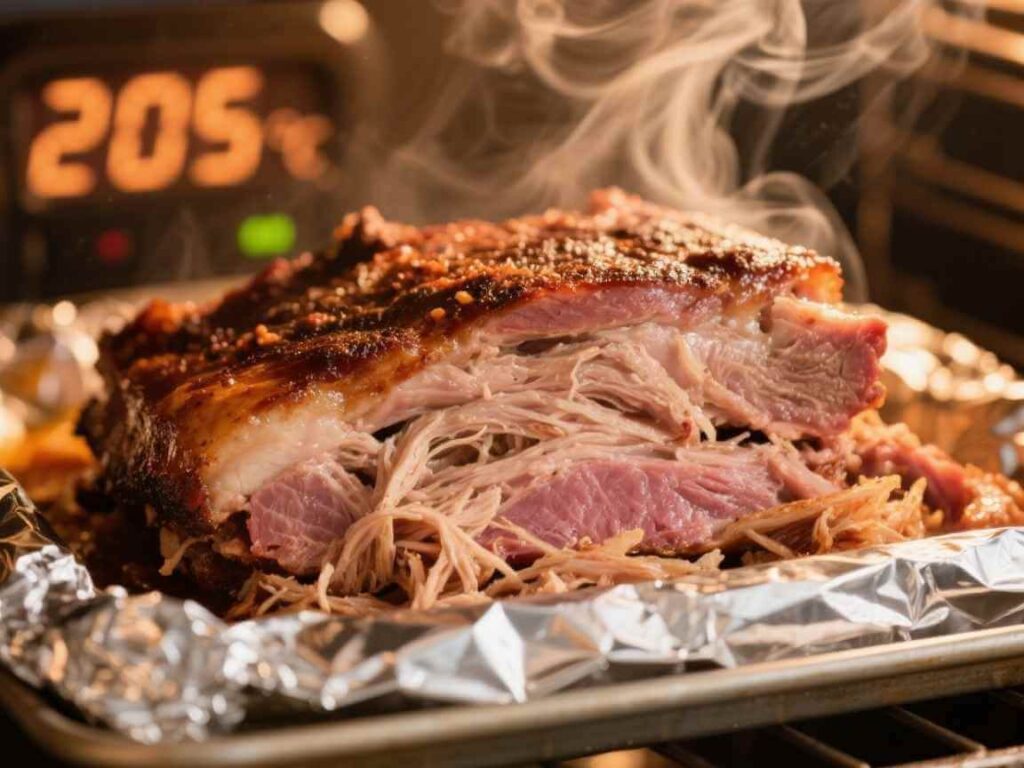
The Process
If you prefer 205°F, the steps are similar:
- Maintain smoker at 225°F
- Wrap meat at 150°F for protection.
- Cook to 205°F internal temperature.
- Monitor closely to prevent overcooking.
The Results
Pork cooked to 205°F tends to have these features:
- No pink coloration
- Maximum tenderness when done correctly
- Higher risk of overcooking
- Potential for excessive smoke flavor
Key Differences Between Temperature Points
Similarities
No matter which temperature you choose, you’ll get:
- Juicy, flavorful meat when executed properly
- Excellent texture for shredding
- Satisfying barbecue experience
Critical Differences
- 190°F: The meat stays a little pink and is unlikely to dry out
- 205°F: The meat is no longer pink, but you need to watch it closely to avoid overcooking
Risk Assessment
Pork at 190°F almost never dries out. At 205°F, there’s a higher chance it could lose moisture or taste too smoky.
Expert Tips for Success
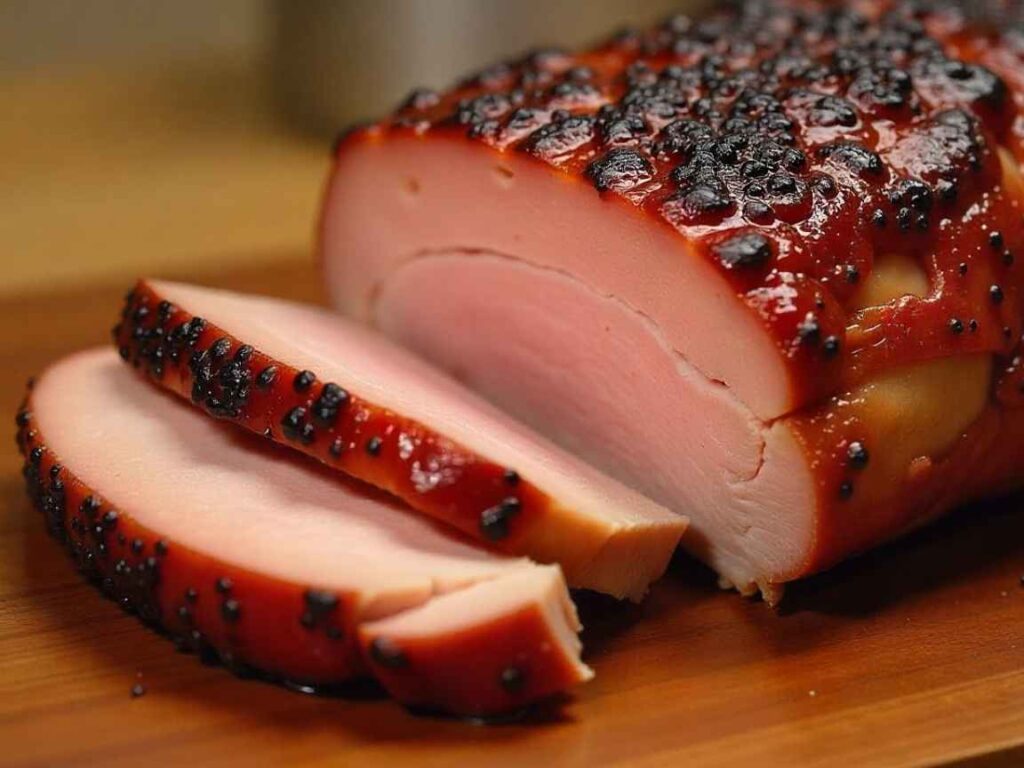
Temperature Management
Pitmasters always say: temperature matters most. (Smoke Pulled Pork at What Temp? A Guide to Temperatures and Times, 2025) Keep an eye on it for the best results, no matter which temperature you pick.
Alternative Cooking Methods
If you can’t smoke your pork outside, try these other ways to make it:
- Oven cooking at low temperatures
- Slow cooker with seasonings and sauces for rich flavor development
Regional Variations
Pulled pork tastes different depending on where you are: (Pitmaster’s Guide: Mastering Pulled Pork & Southern BBQ, n.d.)
- Carolinas: Vinegar and spice-based sauces
- Texas: Brown sugar and molasses preparations
- Get creative by adding pulled pork to dishes like mac and cheese. Good Selection
Traditional Choices
- HicHickory and maple are classic choices for pulled pork flavor. (The Best Wood for Pulled Pork: What To Use — FOOD Q&A, n.d.)Moderate Options
- Oak and fruit woods give a milder, more subtle smoke flavor. (Fruitwoods for BBQ: Apple, Cherry, Peach & More, 2023)
The Verdict
Both 190°F and 205°F can make great pulled pork. The best choice depends on what you like and how much risk you want to take:
- Pick 190°F if you want juicy pork with a little pink color.
- Pick 205°F if you want the most tender pork and don’t mind watching it closely.
Final Thoughts
To make great pulled pork, be patient, use good technique, and watch the temperature. Whether you choose 190°F or 205°F, keep the heat steady and check your meat often.
The name “pulled pork” comes from how you prepare it after cooking. Instead of slicing, you pull the meat apart, which shreds and tenderizes it. (Pulled pork, n.d.)
Try both temperatures to see which you like best. No matter what you pick, your guests will enjoy great pulled pork.










